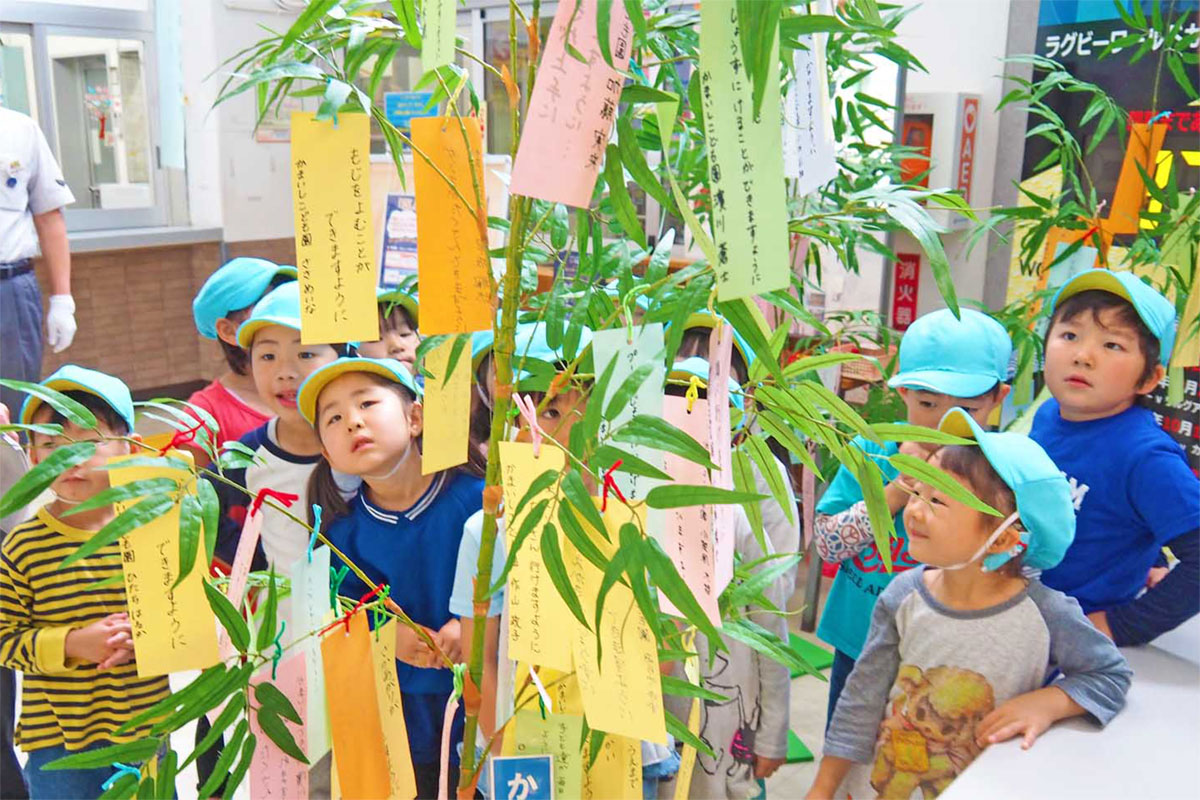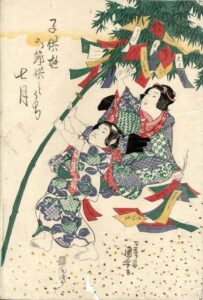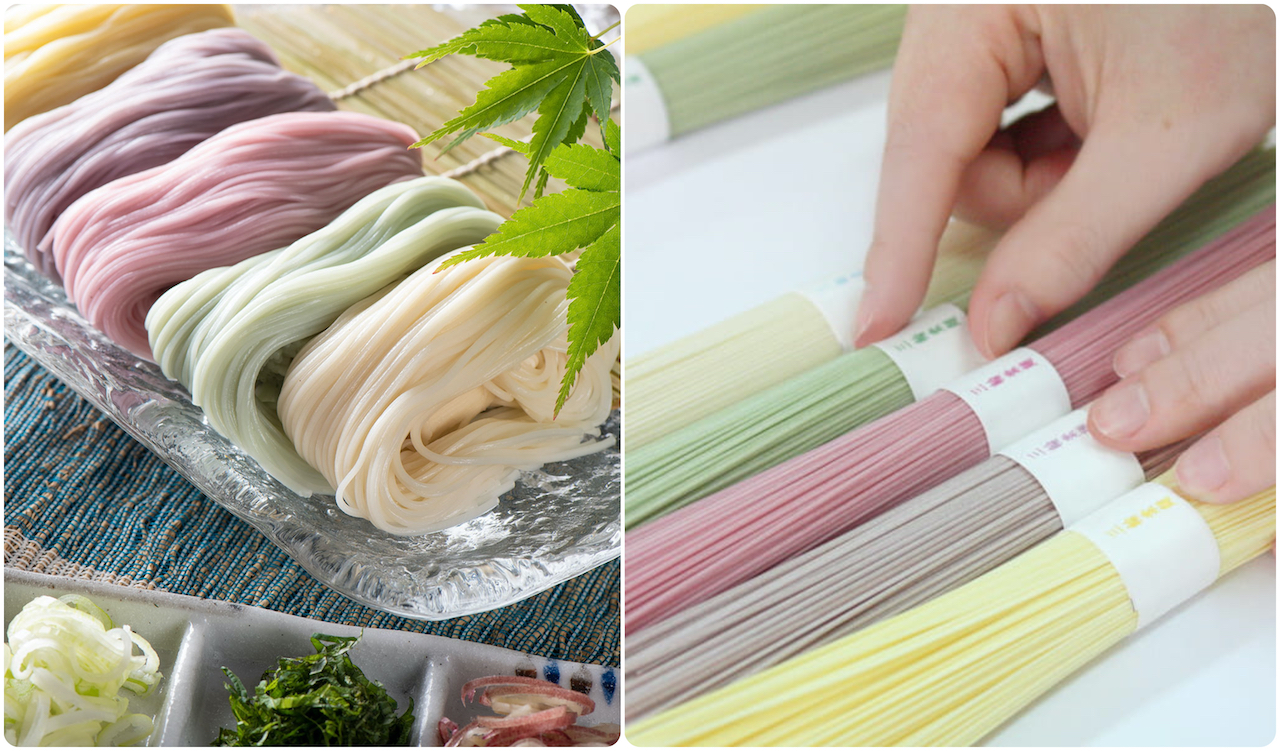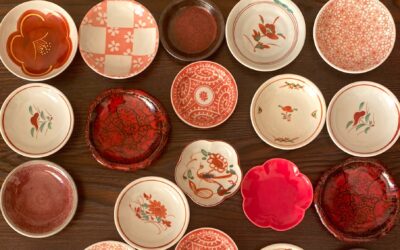
Kitchen Culture Cooking Club
EXPLORE and PRACTICE Japanese cooking in your own kitchenAbout Kitchen Culture Cooking Club
Welcome to the Kitchen Culture Cooking Club, a community space providing encouragement to those who want to EXPLORE and PRACTICE Japan’s washoku wisdom in their own kitchens.
To facilitate this, themed projects will be posted to this page periodically. Project Assignments and links to relevant reference material stored on this site will be posted to this page. Anyone, anywhere in the world, with a sincere interest in Japanese food culture is welcome to browse the contents of this page and then replicate the themed project in their own kitchen.
For those who wish to display-and-discuss their projects with like-minded people, I invite you to join the KITCHEN CULTURE Cooking Club Facebook Group (formerly the TSUDOI Project), an interactive community space.
PROJECT: Celebrating Tanabata

The Tale of TANABATA 七夕伝説
The Tale of Tanabata, which originated in China, has been told in Japan for at least 1200 years. The Japanese version tells the story of a cowherd (Kengyū in some versions, Hikoboshi in others, as the star Altair), and the Weaving Princess (Orihimé, as the star Vega). They were so enamored with each other, the legend goes, that their work suffered. As a result, the two lovers were banished to opposite ends of the firmament. After frequently beseeching the gods to reunite them, their wish was granted: a brief meeting would be permitted, albeit, once a year.
This meeting occurs on the seventh day of the seventh lunar month — the day Tanabata is celebrated in Japan. Today in most parts of Japan the festival is celebrated on July 7th. But some parts of Japan, like Sendai, use the old koyomi almanac which puts the festival in August.
Making wishes, and writing them on tanzaku (narrow strips of colored paper) that get hung on branches of young bamboo, has become part of the Tanabata (Star Festival) as it is practiced today. Above, school children admire the decoration of their wishes that their teachers tied to sasa no ha branches of young bamboo. The custom of writing wishes on tanzaku is well established. Here, a scene from the Edo period.


SŌMEN, Festive Noodles
Sōmen noodles are associated with Tanabata in several ways: When set to dry on racks, sōmen noodles look like threads on a loom (the warp and woof of Orihime’s woven cloth) and flowing on the plate the thin noodles resemble the Milky Way (Ama no Gawa 天の川).
Although white sōmen noodles are sold year-round, many summertime packages will include noodles dyed vivid pink (ume, or plum-flavored), bright yellow (egg-enriched, color enhanced by kuchi nashi no mi dried gardenia pods), or deep olive (matcha tea-flavored). The colored noodles enhance the special connection to TANABATA MATSURI, the Star Festival.
Looking for instructions in making sōmen in your kitchen? Visit earlier posts about sōmen and cold noodle salads.
Recipes and Resources
Stock (Dashi)
Dashi stock is essential to making soups and simmered or stewed dishes. Dashi is also used when making many egg dishes and all sorts of sauces, dips and dressings. Using good dashi will make a noticeable difference in the outcome of so many dishes you prepare.
Click to download recipes for (vegan) Kelp Alone Stock or Standard Sea Stock + Smoky Sea Stock
How to Cook Rice
In Japanese, the word for cooked rice, ご飯 GOHAN, is the same as the word for a meal, ご飯 GOHAN. Indeed rice is central to the meal. Download the Rice with Mixed Grains recipe.
How to Prepare Sushi Rice
Sushi dishes are made with rice that has been seasoned (with sweetened vinegar) AFTER being cooked. Download the Classic Sushi Rice recipe.
Quick Pickles
The Japanese enjoy a wide variety of tsukémono pickles, many can be assembled quickly and are ready to eat within a short time.
Download a recipe for Quick-Fix Hakusai Cabbage.
PROJECT Small Plates
MAMÉ-ZARA FunCollecting and Using Small Plates Part of the fun of collecting dishes and other tabletop accessories, is to assemble wide-ranging variations within a category. With mamé-zara, one way to do this is focus on a color scheme such as red and then collect as...
PROJECT Springtime Sweets
洋菓子・yōgashiWestern-Style Confectionery Japan's food culture includes ingredients, techniques and dishes that have been adopted and/or adapted from non-Japanese sources. One large category is confectionery. Earliest influences were from the Portuguese in the 16th...
Celebrating Sakura
The Japanese take great pleasure in celebrating the seasons and SAKURA (cherry blossoms) are emblematic of spring. From the time buds (tsubomi 蕾) first appear to the official pronouncement of blooming (kaika 開花) it is often less than a week. And from there to...
PROJECT Temari Sushi
This KITCHEN PROJECT features temari-zushi, bite-sized spheres of tart rice topped with various ingredients. HINA MATSURI is celebrated on March 3 and during the weeks leading up to it, and for several weeks thereafter, scattered chirashi-zushi and/or temari-zushi ...




